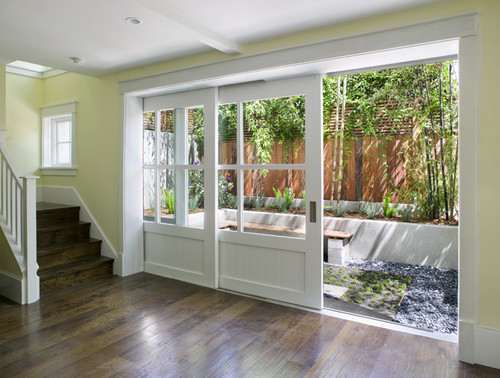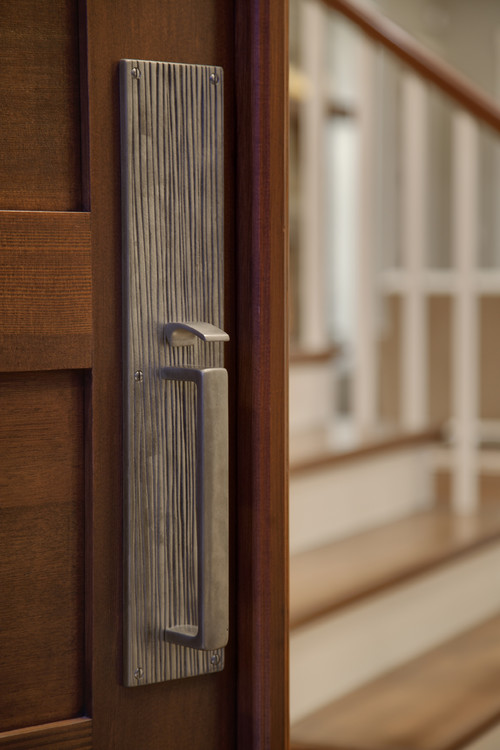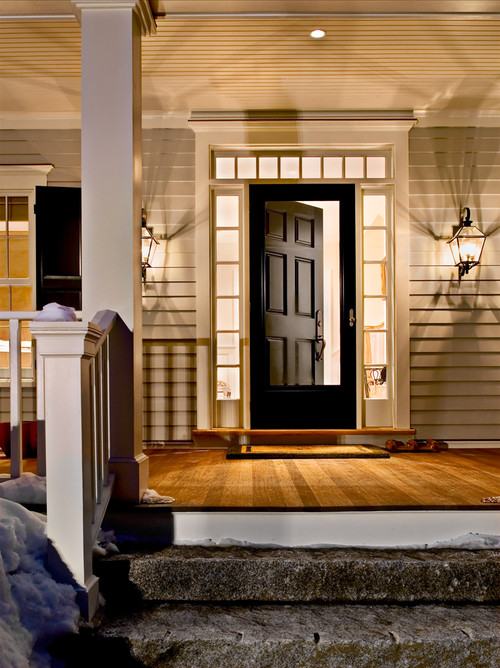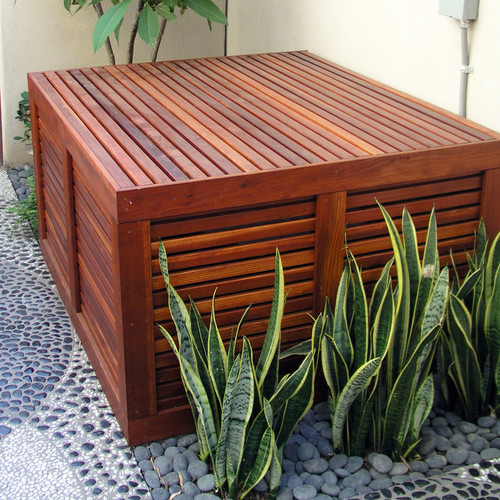
When most people think of composting they think food scraps, but there is so much more that you can add. Once you read this list you'll find your self standing over the bin asking yourself, "Could I compost this?" and chances are pretty good that you can.
However, a few things to avoid composting are meat, items soiled with human fluids and diseased plants.
- Skunked beer, ancient candy bars, expired protein bars
- Cat fur, dog hair, and nail clippings. Just try not to keep your nail clippings in a jar, that will probably freak people out. If it's in the vacuum, it can go in the compost.
- Your hair – you could even bring the clippings home from your hair dresser. If you don't mind some stares while you stroll around with bags of hair of course.
- Bills, because shoving bills in with melon rinds and egg shells is way more satisfying!
- Old fish food and stale catnip
- Jell-O (gelatin)
- Bamboo products such as spoons, chopsticks, etc.
- Wood fire ashes from grill or fire-place (also from smoking fish and other meats)
- Crepe paper streamers. Tear it up like it's 1999 and then tear them down.
- Small pets that have died, like goldfish (Not recommended, but possible.)
What strange things can you add to your own compost?






































